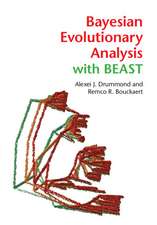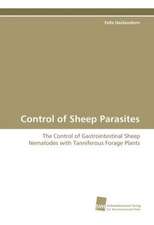Diatoms Fundamentals and Applications
Autor J Seckbachen Limba Engleză Hardback – 12 aug 2019
Preț: 1858.00 lei
Preț vechi: 2041.76 lei
-9% Nou
Puncte Express: 2787
Preț estimativ în valută:
355.52€ • 372.19$ • 294.18£
355.52€ • 372.19$ • 294.18£
Carte tipărită la comandă
Livrare economică 05-19 aprilie
Preluare comenzi: 021 569.72.76
Specificații
ISBN-13: 9781119370215
ISBN-10: 1119370213
Pagini: 688
Dimensiuni: 203 x 254 x 36 mm
Greutate: 1.4 kg
Editura: Wiley
Locul publicării:Hoboken, United States
ISBN-10: 1119370213
Pagini: 688
Dimensiuni: 203 x 254 x 36 mm
Greutate: 1.4 kg
Editura: Wiley
Locul publicării:Hoboken, United States
Cuprins
Notă biografică
Professor J. Seckbach is a retired senior academician at The Hebrew University of Jerusalem, Israel. He earned his MSc. & PhD from the University of Chicago. He was appointed to the Hebrew University, Jerusalem (as a senior Lecturer) and spent sabbaticals at UCLA and Harvard University. He served at Louisiana State University (LSU), Baton Rouge, LA, USA, as the first selected Chair for the Louisiana Sea Grant and Technology transfer. He has edited over 35 scientific books and ~ 140 scientific articles on plant ferritin-phytoferritin, cellular evolution, acidothermophilic algae, and life in extreme environments and on astrobiology. Richard Gordon's involvement with diatoms goes back to 1970 with his capillarity model for their gliding motility, published in the Proceedings of the National Academy of Sciences of the United States of America. He later worked on a diffusion limited aggregation model for diatom morphogenesis, which led to the first paper ever published on diatom nanotechnology in 1988. He organized the first workshop on diatom nanotech in 2003. His other research is on computed tomography algorithms, HIV/AIDS prevention, and embryogenesis.










